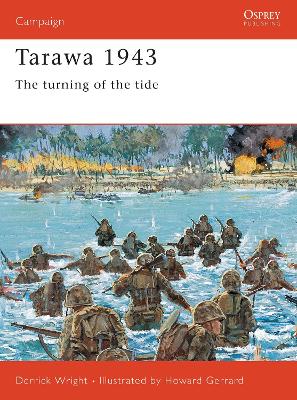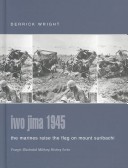Campaign
1 primary work • 2 total works
Book 77
One of the decisive battles of the Second World War in the Pacific, Iwo Jima was described by Lieutenant-General Holland Smith, Commander Fleet Marine Forces Pacific, as The most savage and most costly battle in the history of the Marine Corps--a titanic struggle that eclipsed all that had gone before. Situated halfway along the B-29 Superfortress route to the Japanese mainland, the island was of major strategic importance to the U.S. Air Force, but also to the Japanese, 20,000 of whom were deeply entrenched in the island. This book provides a definitive account of the battle, from its origins to its hard-fought conclusion.
One of the decisive battles of the Second World War in the Pacific, Iwo Jima was described by Lieutenant-General Holland Smith, Commander Fleet Marine Forces Pacific, as The most savage and most costly battle in the history of the Marine Corps--a titanic struggle that eclipsed all that had gone before. Situated halfway along the B-29 Superfortress route to the Japanese mainland, the island was of major strategic importance to the U.S. Air Force, but also to the Japanese, 20,000 of whom were deeply entrenched in the island. This book provides a definitive account of the battle, from its origins to its hard-fought conclusion.
Planned as a ten-day campaign, the battle for Iwo Jima developed into what Lt. General Holand Smith, the overall Marine Commander, described as the toughest fight in the 169 years of our Corps--a titanic struggle of savagery that eclipsed all that had gone before, and which dragged on for 36 days. The island was of major strategic importance to the U.S. Air Force, as a place where B-29 bombers damaged over Japan could land safely, and as a base for escort fighters to assist in the bombing campaign. However, it was also of supreme importance to the 20,000 Japanese who were deeply entrenched in the island when the Marines invaded, and to whom surrender was not an option. The loss of Iwo Jima was proof to the Japanese that the Americans could seize one of the world's most heavily defended islands and filled them with foreboding about the inevitable invasion of their homeland.

